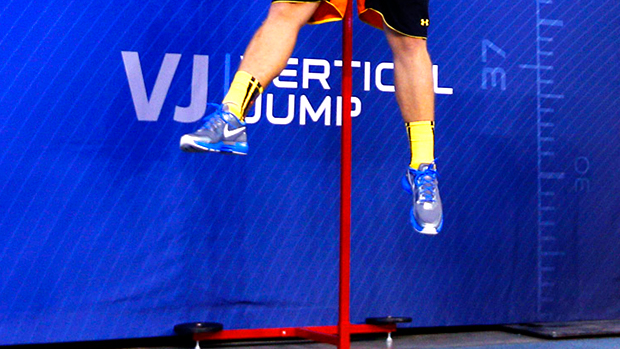In 2010, the Bishop Museum, the British Museum, and the Peabody Essex Museum partnered together to bring the three largest Kū images in the world to be on display at the Bishop Museum in Hawaii. It has been over 200 years since these three images were seen together.
When many people think of Kū, they think of the war god, Kūkailimoku. Kūkailimoku was the guardian for Kamehameha as he went on his journey of unifying the islands. Through the battles, Kamehameha took with him a four feet high idol covered with red feathers. The mouth was armed with three rows of dog’s teeth, eyes were mother of pearl with black nuts for pupils, and had black human hair flowing from the head. (See picture, HERE)
But that was just one of Kū’s many manifestions. Umi Kai, Hawaiian Practitioner, said, “He was a god of governance. He was a god over production. A god over deep sea fishing. A god of the upland forest.”
From the legends, there was also a famous story of Kū being a provider. During the time of famine, he stood on his head and vanished into the earth. The wife saddened by her love’s departure wept over the land where Kū vanished, and up from the spot rose an ‘ulu tree and ended the famine.
The existence of these three large images of Kū are interesting because they survived the overthrow of the traditional Hawaiian religion, during the time when Queen Ka’ahumanu demanded that all temples and gods be destroyed, and also survived the introduction of Christianity.
Although Kū was strongly depicted as the god of war and divider of lands, the Hawaiian culture always has the element of duality. The offensive side was definitely emphasized during Kamehameha’s conquest to rule all of the islands. But his original role according to George Kanahele, author of Kū Kanaka, was to be a protector and defender of the people.
Kanahele wrote:
The value that Kū personified is revealed in his name, which means “upright” – standing tall, as in “Kū Kanaka!”. A warrior who is standing tall on the battlefield clearly is being brave in the face of the enemy. He gave them not only physical courage but also, more important, moral courage – the feeling of confidence and pride – that is the source of all acts of bravery and valor.
So you see why we focus so much on Kū. There is no mistake in why there is so much emphasis on Kū, and why we started The Kū Project with the goal of empowering strength in you.
Some may think that they aren’t much of the physical or warrior-like person and that’s totally fine. Like Umi Kai said, Kū is manifested in many different areas which adds to the reasons of why our ultimate core value is – Kū.
5 Reasons to Be Kū
Symbol of a provider. The ʻōʻō, or digging stick, was the most important agricultural tool during ancient Hawaii. It was used to cultivate the land. Also, think of the legend of Kū mentioned earlier when he sacrificed himself in order to provide for his family and community.
Symbol of economics. The land was was the most important source for food and the ocean second. From an economic point of view, Kū was responsible for planting, fishing, featherworking, canoe, and adze making. Which leads to our next reason.
Symbol of technology and innovation. The ʻōʻō that cultivated the land, the invention of the adze for canoe making, navigation, medicine, construction, among other fields.
Symbol of bravery and courage. Like the ancient warriors, Kū is a symbol to stand upright, to stand strong in who you are and what you stand for. It our motto, “Be You. Be Kū.”
Symbol of protection. Kū stands for defending your beliefs, your family, and your community. When you embody the value of Kū, you become the symbol of strength for those who are looking to become stronger.
You Are Kū
We all have Kū within us, we all have strength, we just have to learn how to bring it out and express it in our own unique way. When it comes to building a Kū body and living a Kū life, you are learning how to be a symbol that inspires and empowers others to take action in their own lives and make a difference.
Question(s): Are you on board with The Kū Project and Team Kū and working towards becoming Kū? If so, how are you going to start?




